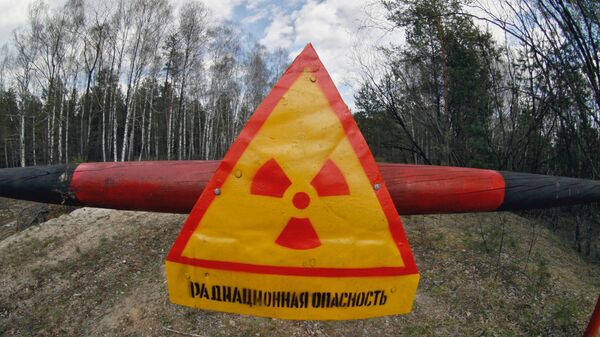The lingering radiation from the Chernobyl disaster that occurred over 30 years ago is still present in Finnish wild foods, but accounts for less than one percent of the average annual radiation dose for Finns, the Finnish Radiation and Nuclear Safety Authority (Stuk) reported.
Earlier this week, Helsinki's urban environment division found levels of caesium containing almost double the recommended maximum in two samples of yellow foot or funnel chantarelle mushrooms. According to EU guidelines, food products offered for sale should contain a maximum of 600 becquerels per kilo (Bq/kg) of caesium-137. The mushrooms picked near Helsinki produced readings of 1,000 Bq/kg and 1,300 Bq/kg respectively, national broadcaster Yle reported.
Stuk soothed consumer fears by claiming that such mushrooms can be safely eaten despite their caesium content. According to Stuk, the annual dose of radiation from caesium in mushrooms is less than 0.01 millisievert (mSv) for an average Finnish consumer. By contrast, the average dose from all radiation sources is as high as 3.2 mSv annually.
READ MORE: Radiation Exposure Doesn't Affect Plant's Ability to Reproduce — Scientists
Furthermore, Stuk pointed out that caesium levels in mushrooms can be greatly reduced during their rinsing and cooking, operations that remove up to 80 percent of the radioactive content. Drying mushrooms, however, doesn't affect radiation levels.
The Chernobyl nuclear power plant accident occurred in April 1986 in Ukraine, which was then part of the USSR. The caesium fallout was carried by winds to nearby areas of present-day Russia and Belarus and even reached parts of Scandinavia. In Finland, the heaviest concentrations of caesium are found in the southern regions of Pirkanmaa, Häme and Kymenlaakso. Wild produce, such as game, lake fish, forest berries and mushrooms still contain detectable amounts of caesium-137 from Chernobyl and are widely sold at marketplaces in the capital area.
However, fallout from the accident accounts for less than one percent of the average Finn's annual exposure to radiation, about half of which comes from air-borne radon inside buildings, Stuk assured.
READ MORE: Can Radioactive Wolves From Chernobyl Threaten Europe?


